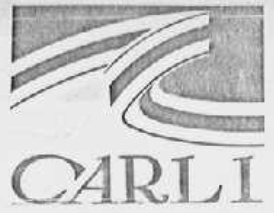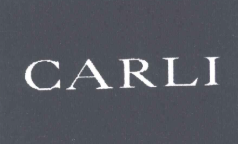Preface
Trademarks are typically used as registered. However, companies often modify or optimize their trademarks based on operational needs. Such seemingly minor changes can carry significant risks, including trademark cancellation, administrative penalties, and even trademark infringement if the altered mark resembles another registered trademark.
Proper Trademark Usage
The purpose of the Chinese "three-year non-use cancellation" provision is to encourage trademark owners to actively use their marks and prevent waste of trademark resources—it is not a punitive measure. Therefore, under the current legal framework, authorities tend to favor maintaining the registration whenever possible.
When facing non-use cancellation proceedings, proper trademark usage is crucial for ensuring that evidence of use is recognized as valid.
According to the Trademark Examination Standards:
"Unauthorized alteration of a registered trademark refers to situations where the registrant or licensee changes the characters, graphics, letters, numbers, 3D shape, color scheme, etc., of the registered trademark during actual use, resulting in changes to its primary elements or distinctive features. The altered sign may no longer be considered identical to the original registered trademark."
Article 26 of the Supreme People’s Court’s Provisions on Several Issues in the Trial of Administrative Cases Involving Trademark Authorization and Confirmation states:
"Minor differences between the actually used trademark and the registered trademark that do not alter its distinctive features may still be regarded as use of the registered trademark."
Based on these standards, changes to the "primary elements or distinctive features" may constitute "unauthorized alteration," potentially leading to cancellation.
However, the following alterations to the registered mark may still be deemed valid use:
Minor font changes
Case changes (e.g., uppercase to lowercase)
Rearranged elements
Color variations
Use of only the distinctive part
Addition of descriptive words
Thus, proper trademark usage means:
The "primary elements and distinctive features" remain unchanged.
Use does not exceed the approved scope of goods/services.
Case Studies of Cancellation
01 Alteration of Distinctive Features
In the cancellation review case for Trademark No. 18010400, the registrant used a mark composed of a dialog box graphic, the standalone letters "IN" above, and smaller plain-text "INTALK" below. This was deemed an alteration of the distinctive elements. Evidence provided failed to prove valid use of the registered mark, resulting in its cancellation.

02 Multiple Similar Marks Owned by Registrant
If a registrant owns multiple marks with identical distinctive elements, evidence showing use may be attributed to another registered mark—not the one challenged. For example, when Trademark No. 686918 faced non-use cancellation, the registrant’s evidence demonstrated use of a different owned mark. Despite unchanged distinctive features, Trademark No. 686918 was cancelled.

Trademark No. 686918

The other registered mark actually evidenced in use
03 Exceeding Approved Scope of Goods
In the cancellation review for Trademark No. 38006587 ("浩彤"), the goods actually sold ("lotus root starch skin; acorn starch; millet flour; lotus leaf powder") did not match the approved goods ("rice," etc.). Thus, the registration for "rice" and related goods was cancelled.
Our Successful Case
We consistently advise clients to use trademarks properly and retain usage evidence. When a Beijing fashion design company needed multiple similar-but-distinct marks for operations, we advised them to keep using their old mark alongside the new one to preserve evidence. When the old mark faced non-use cancellation, the client provided proof of ongoing use, maintaining registration and securing priority rights.
Recommended Measures
01 Ensure Proper Trademark Usage
Maintain consistency with the registered mark. If modifying the mark, file a new application. Register for appropriate goods/services initially; if expanding usage, supplement registration promptly.
02 Defending Modified Marks Without Re-registration
If using an altered mark without new registration, proactively collect evidence demonstrating that:
The modified mark retains the original’s distinctive features.
It still functions as a source identifier.
Argue that the change does not constitute "unauthorized alteration" to prevent cancellation.
03 Managing Multiple Similar Marks
When updating a trademark while retaining older versions:
Continue using both old and new marks concurrently.
Maintain separate usage evidence for each mark.
This mitigates cancellation risks for legacy registrations.
